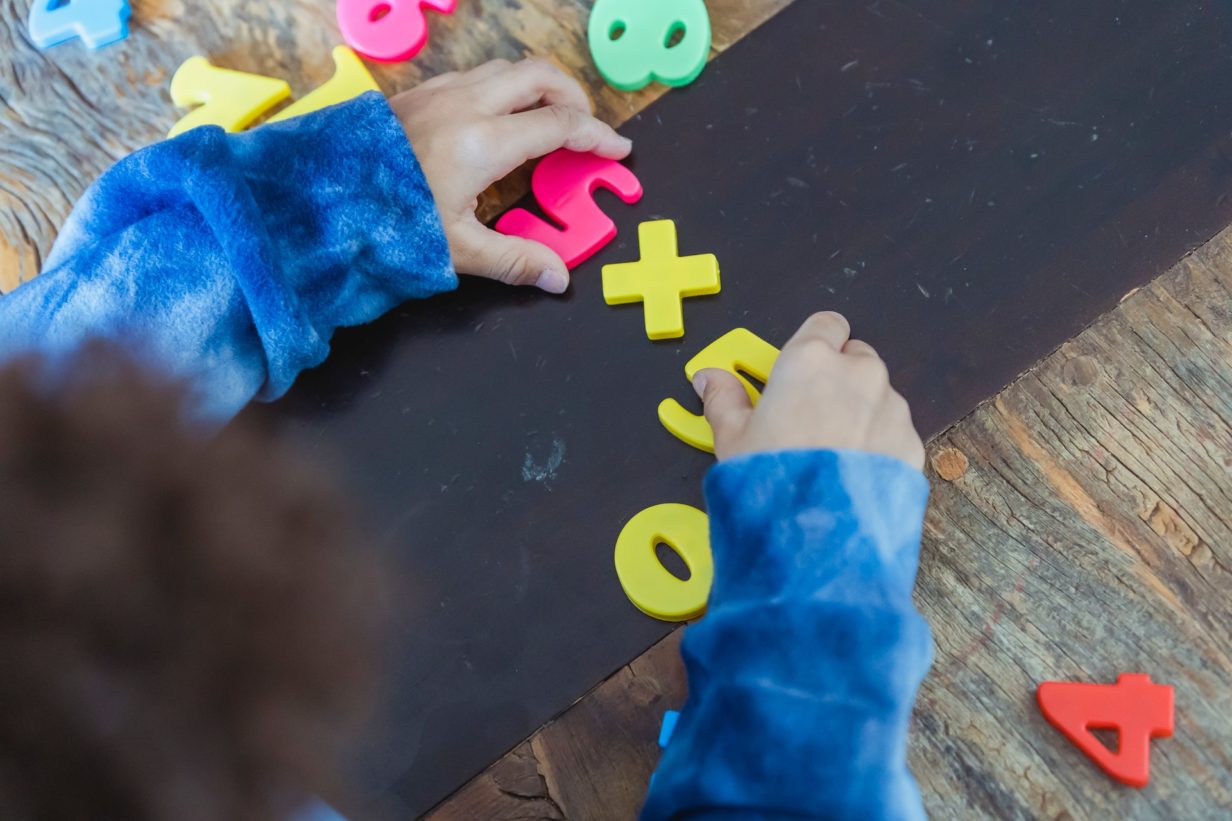Even though many people take out their phones when they need a calculator, children still need to learn how to multiply. The ability to multiply can help kids learn how to think quickly in situations. Despite the fact that children need to learn how to multiply, teaching youngsters these skills isn’t always so simple. Employing some useful strategies can help you to accomplish this goal.
Recite the Tables Daily
While you don’t need to recite every single multiplication equation each day, you should make learning these skills a part of the students’ regular routine in math class. A useful technique is to have the students recite the multiplication tables at the start of class. This regular routine helps learners to know what to expect and to start to really absorb the information.
Use Tools
In addition to having kids multiply out loud with the rest of the class, you can provide them with tools to practice combining numbers together in this way. For example, you might bring in some marbles so that children can divide the items up into groups and see how the multiplication tables play out in real life. Another smart strategy is to allow kids to work in groups as they tackle this project.
Make Connections to Everyday Life
Children often want to know how they are going to apply the knowledge learned in the classroom to situations outside of school. You might begin some of the lessons with anecdotes about times when you had to multiply in your head outside of school. You can also assign them tasks like making a log of every time they use multiplication in their daily life.
Create Some Friendly Competition
Kids often love to compete with one another in a friendly way. You might want to set up a math bee in the classroom. You could even put together this type of competition for the entire school. Think about offering some sort of prize for the winner. It’s also possible that you notice that your students are constantly using their cell phones to multiply figures. When this situation is happening at your school, challenge the students to see how long they can go without using their cell phones to complete any calculations. A prize is a good idea to get students motivated when it comes to this challenge as well.
Employ Tests and Quizzes
Educators have different perspectives about tests and quizzes. When it comes to learning how to multiply, though, giving tests and quizzes is often necessary. You want to give the students some reason to study the tables and to really take in the material. Depending upon the school and the goals of your class, you might have the ability to allow the students to take open-resource quizzes or to work with a partner on the tests. These approaches can make the exams feel less overwhelming to students. In fact, you might find that students learn better when they do not have the pressure of a major exam on them.
Teaching children how to multiply is an important part of many math classes. Of course, you may encounter some challenges along the way in terms of getting the kids to learn. Fortunately, some smart strategies exist that allow you to instruct the students about the content in an efficient fashion.



